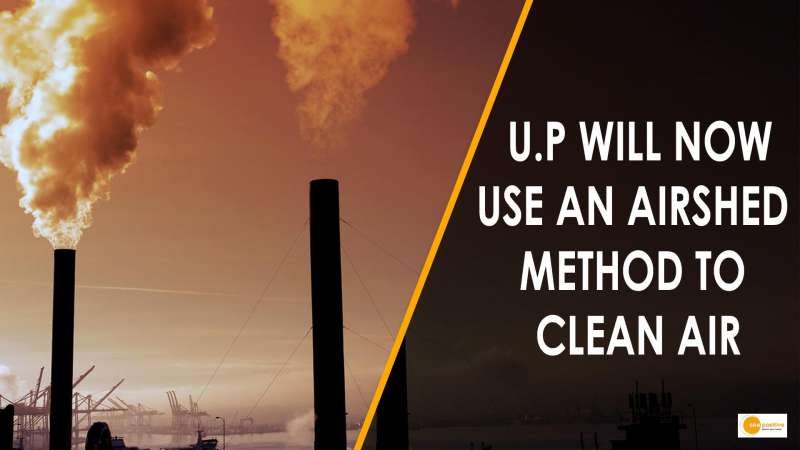

Highlights:
• U.P will now use an airshed method to clean air
• UP wants to reduce PM 2.5 levels in the air
• The airshed method will contribute in achieving the goal
To assure pollution-free air throughout a broader area of the state, Uttar Pradesh will now use the airshed technique.
Overview
In five years, the state wants to reduce PM 2.5 levels in the air to 45 micrograms per cubic meter. According to government officials, the airshed method will contribute in achieving the goal. With the aid of the
World Bank and other national and international agencies, Uttar Pradesh would be the first state in the country to embrace ‘airshed management’ for clean air.
According to a government official, there are two sorts of airsheds: micro airsheds, which exist in the immediate neighborhood of a location, and macro airsheds, which exist across a greater area. The Uttar Pradesh Department of Environment, Forests, and Climate Change intends to inform stakeholders about the airshed strategy. The entire Indo-Gangetic plain is Uttar Pradesh’s bigger airshed.
Because of the airshed, stubble burning in Punjab and Haryana throughout the winter has an impact on air quality. Lucknow’s air quality, on the other hand, cannot be improved by focusing solely on pollution sources within the city, but rather by using an airshed strategy.
Uttar Pradesh has also conducted research on air quality and the elements that influence it. The study uses satellite data as well as data from ground stations to show pollution sources.Rural Development, Panchayati Raj, Agriculture, Urban Development, and Industrial Development shall all work together to implement the initiatives.


